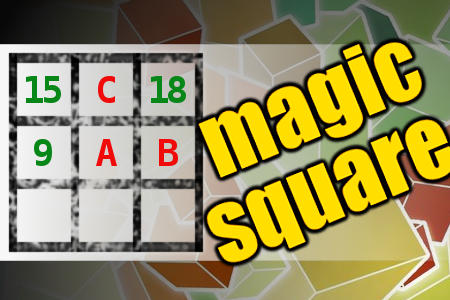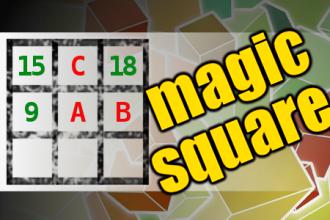MAGIC SQUARE: Calculate A*B+C
The aim is to place the some numbers from the list (8, 9, 11, 12, 13, 15, 17, 18, 20, 37, 40, 41) into the empty squares and squares marked with A, B an C. Sum of each row and column should be equal. All the numbers of the magic square must be different. Find values for A, B, and C. Solution is A*B+C.Correct answers: 20
The first user who solved this task is Manguexa Wagle.
#brainteasers #math #magicsquare

Potty Trained
While carpenters were working outside the old house I had just bought, I busied myself with indoor cleaning. I had just finished washing the floor when one of the workmen asked to use the bathroom.
With dismay I looked from his muddy boots to my newly scrubbed floors. Just a minute, I said, thinking of a quick solution. Ill put down newspapers.
Thats all right, lady, he responded. Im already trained.

